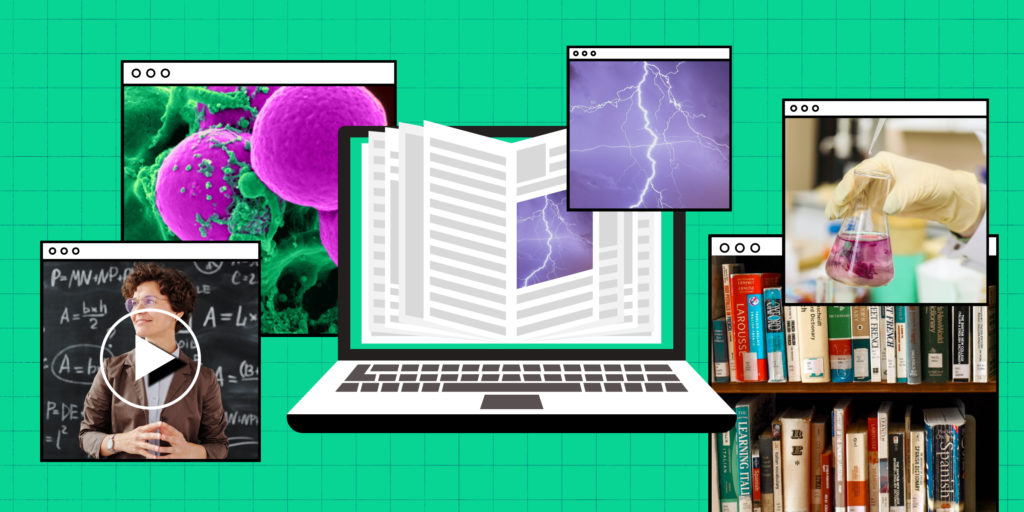I started my undergraduate degree in cognitive science of language at McMaster University in Hamilton, Ontario back in 2013. During my first year, I was a pretty keen student and bought every recommended and required textbook—20 of them in a single year. It wasn’t cheap either—a few of the textbooks cost as much as $150 each.
Some of my classes required four books for a single semester and they were too heavy to lug around campus all day—especially if you only need one chapter that day. I always felt like the people who didn’t bring books to class had impeccable memories, but those that did had impeccable back strength. I usually took pictures of the pages I needed and left the books at home.
After I graduated, I decided to apply to Toronto Metropolitan University’s midwifery program in Toronto. I have just finished my first year there, and I’m so happy that most of my classes use digital textbooks. They’ve made life so much easier. My commute to campus is about an hour and a half each way, so I spend a lot of time on public transit. The upside is that I can get some reading in, and the fact that I can use my iPad or phone to access my textbooks—and not just one book, but an entire library of them—is so much better than trying to open up an encyclopedia-sized one while squished between 500 other people during rush hour.
I’ve spent a lot less money this year than I did my first time around as a freshman. The digital textbooks I buy for my program—which cost around 30 percent less than what I was paying for physical copies—update for free whenever a new edition is released and they never expire, so I can keep them forever. Some of my professors have even switched to open-access textbooks. Those are completely free, which has saved me even more money.
I prefer the formatting of digital textbooks, too. All of my books are interactive and they come with built-in dictionary definitions that pop up when I hover over the science terms. It saves me from having to open up a new Google tab every two minutes. The digital textbooks also have interactive online quizzes. If I get an answer wrong, instead of flipping through my book to try and remember where I read about the subject, it gives me a direct example from the text.
And there are more ways to learn than just by reading. I used to watch the occasional YouTube video if I wanted more info on a subject, but my digital textbooks have supplementary video links built into each chapter. Since midwifery is very hands-on, the text portion helps me learn the theory and then the video teaches me everything in action—like learning how to do a newborn exam.
But the thing I probably use the most is the search function. Being able to command-f a term is a lifesaver and definitely beats a glossary. I use it a lot for midterms and research. If I get a test back and see that I did poorly on a specific section, I can look up the terms to see where I went wrong.
Since I started using digital textbooks, I’ve noticed a lot of positive changes: I read more because the information is always accessible, and I have more options when it comes to the ways I learn. It’s a huge and welcome shift.
As told to Nicole Schmidt. This interview has been condensed and edited for clarity.
Click here to learn more about Top Hat’s digital textbook offerings


